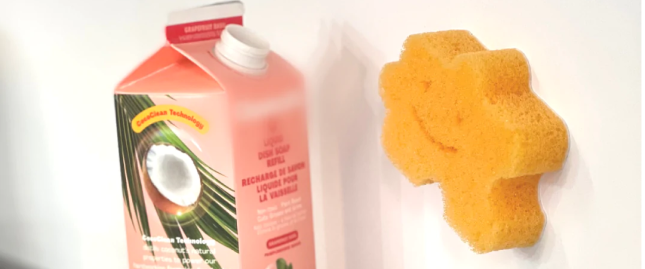Internet of Food: Are 'Smart farms' The Future of Agriculture?

Smart farming’ is the innovation concept referring to agriculture management utilizing technologies like Internet of Things (IoT), robotics, drones, and AI to enhance the quantity and quality of produce while reducing the human labor required to produce.
IoT has paved the way to optimization in almost every industry and market—agriculture is no exception. In agriculture, IoT provided solutions to reduce time-consuming and dangerous tasks while also changing the way we think about agriculture. What exactly is a smart farm, though? Here is a rundown of what smart farming is and how it’s changing agriculture.
This "smart farm" uses IoT technologies that automatically control temperature, humidity, and sunlight conditions for the crops. Armed with these tools, producers can monitor growing conditions and make decisions for a single crop or the entire farm from thousands of miles away.
The driving force of smart farming is IoT — connecting machines and sensors integrated on farms to make farming processes data-driven and automated. The core of IoT is the data you can draw from things and transmit over the internet. To optimize the farming process, IoT devices installed on a farm collect and process data in a repetitive cycle that enables farmers to react quickly to emerging issues and changes in ambient conditions.
The advantages of smart farming are far-reaching, and as a result the Korea Agricultural Technology Promotion Agency has taken a practice interest in funding and promoting smart farm-related technological advancements. The Rural Development Administration envisions a more automated nature of farms as an opportunity to increase farms productivity while simultaneously reducing labor needs. On a national scale the effects have far-reaching effects—with the ultimate goal of Korean establishing a greater presence in the competitive global agriculture market.
However, the positive effects of smart farming are highly impactful on the individual farm scale. One farm pictured here below produces 280 times more barley crops than its non-smart-farm peers of the same land size. This additional crop output is also stronger, more predictable, and provides the producer an opportunity to call into product processing activities such as powder or granules barley products that can be stored, transported, and sold to a wider global market.
While not all farmers are sold on the vision smart farming and IoT proclaims—the push towards innovation is garnering greater support from both national policymakers and consumers.
Source: Lee Eunjin from Arirang News (2022)
More Korean Innovation News

The Rise of Womance: Women Spearhead Korean Entertainment

A Korean Marriage Story

Jwipo, Your New Jerky Obsession

To Binge or not to Binge?

The K-pop Comeback: Returning from Military Service

Longcations: Escaping to Vietnam

Kkondaes at Work: GenZ and Millennials Battle at the Office

The American Bansang Experience


